
Dental tomography, a pivotal innovation in dental diagnostics, leverages advanced imaging technology to create detailed 3D images of the patient’s oral cavity, including teeth, jawbone, and soft tissues. This non-invasive technique enhances the precision of diagnoses, facilitating a comprehensive understanding of dental structures, pathologies, and anomalies. Dental tomography is instrumental in planning complex dental procedures, such as implants, braces, and surgeries, ensuring treatments are both effective and tailored to individual needs. Its ability to provide intricate details surpasses traditional X-rays, marking a significant advancement in dental care.
Have Any Questions Feel Free to Contact with Our Team
+90 506 250 00 05

The patient is positioned and may be asked to remove any jewelry or metal objects that could interfere with the imaging.
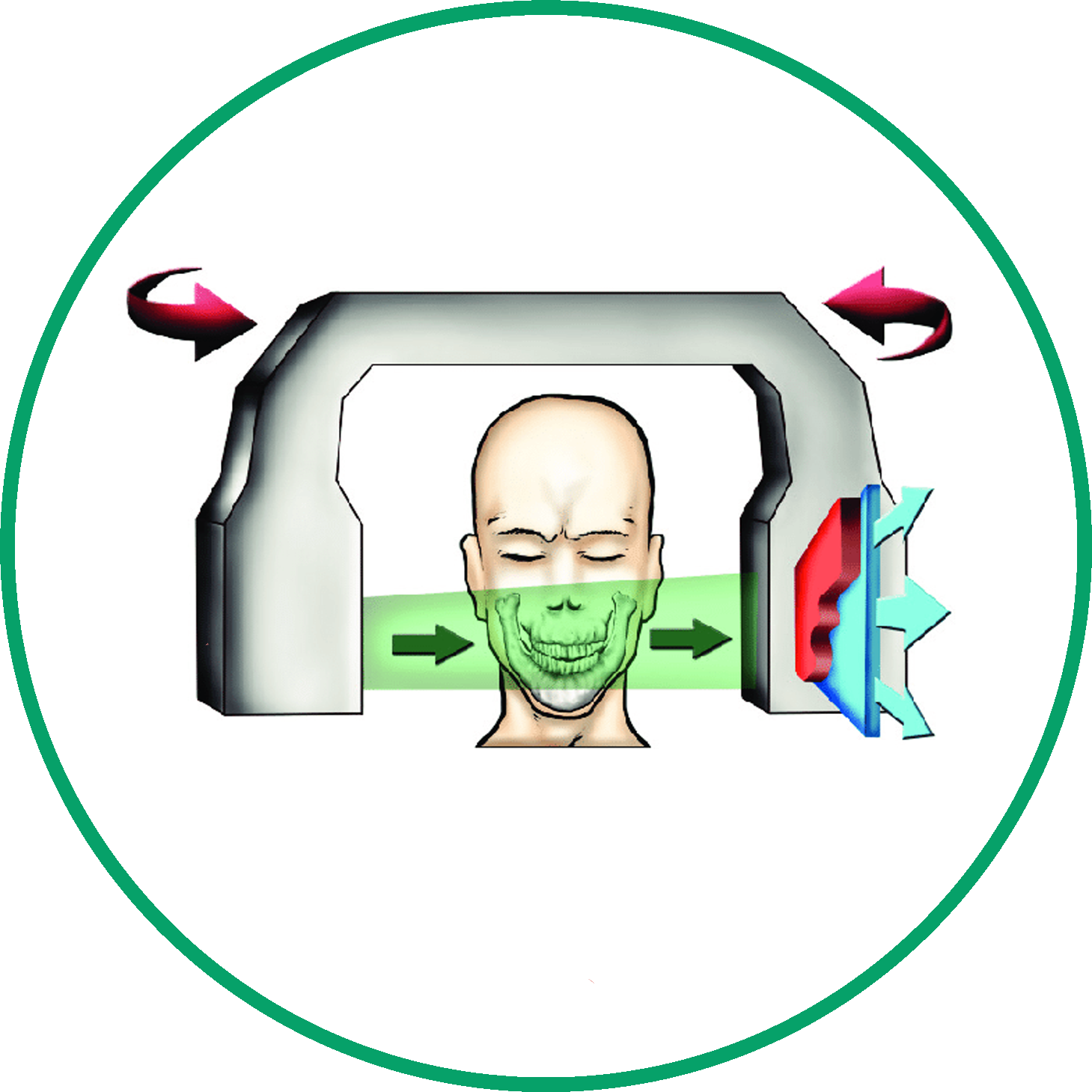
The dental tomography machine rotates around the patient's head, capturing multiple images from different angles.
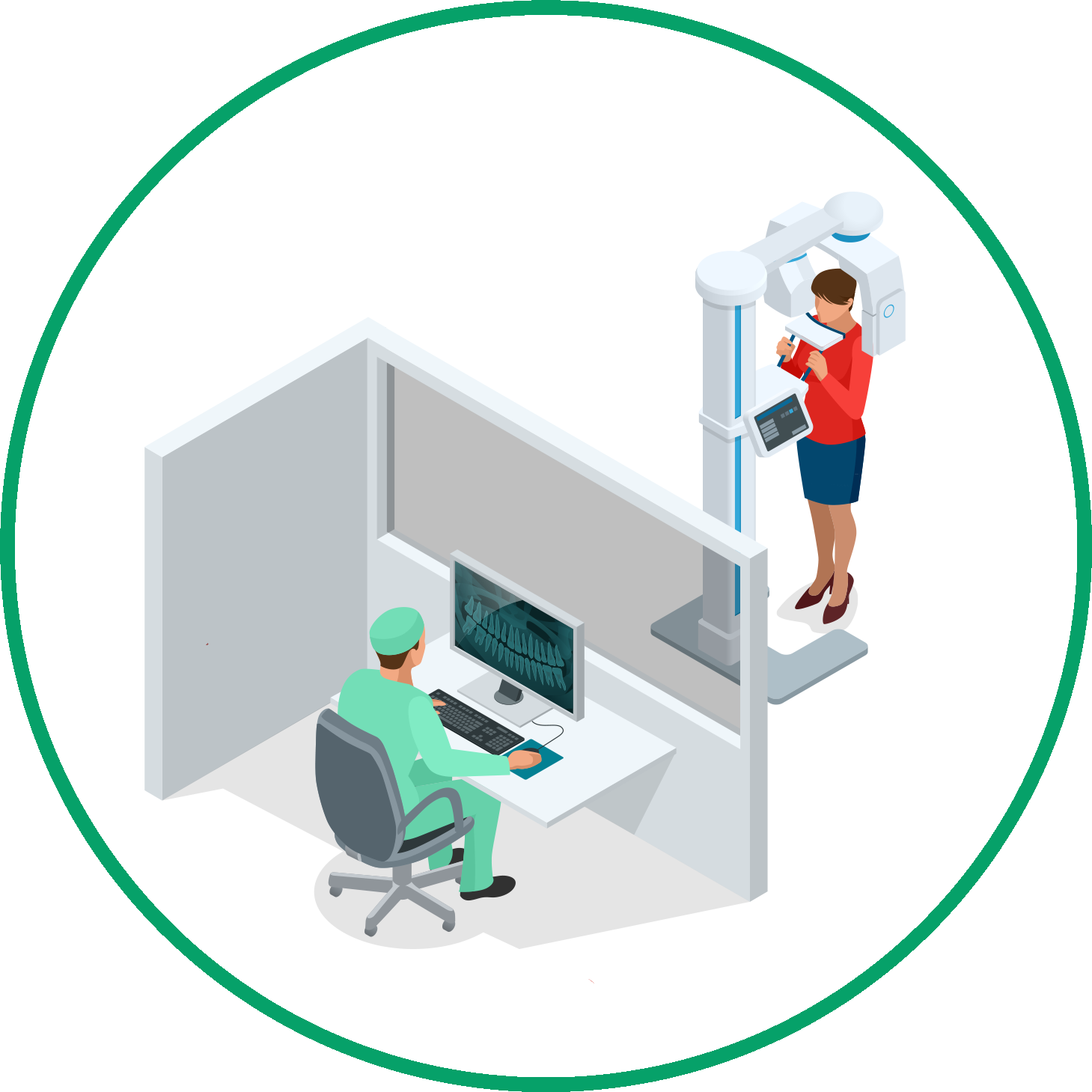
The collected data is then reconstructed into a 3D model using specialized software, allowing for detailed examination.
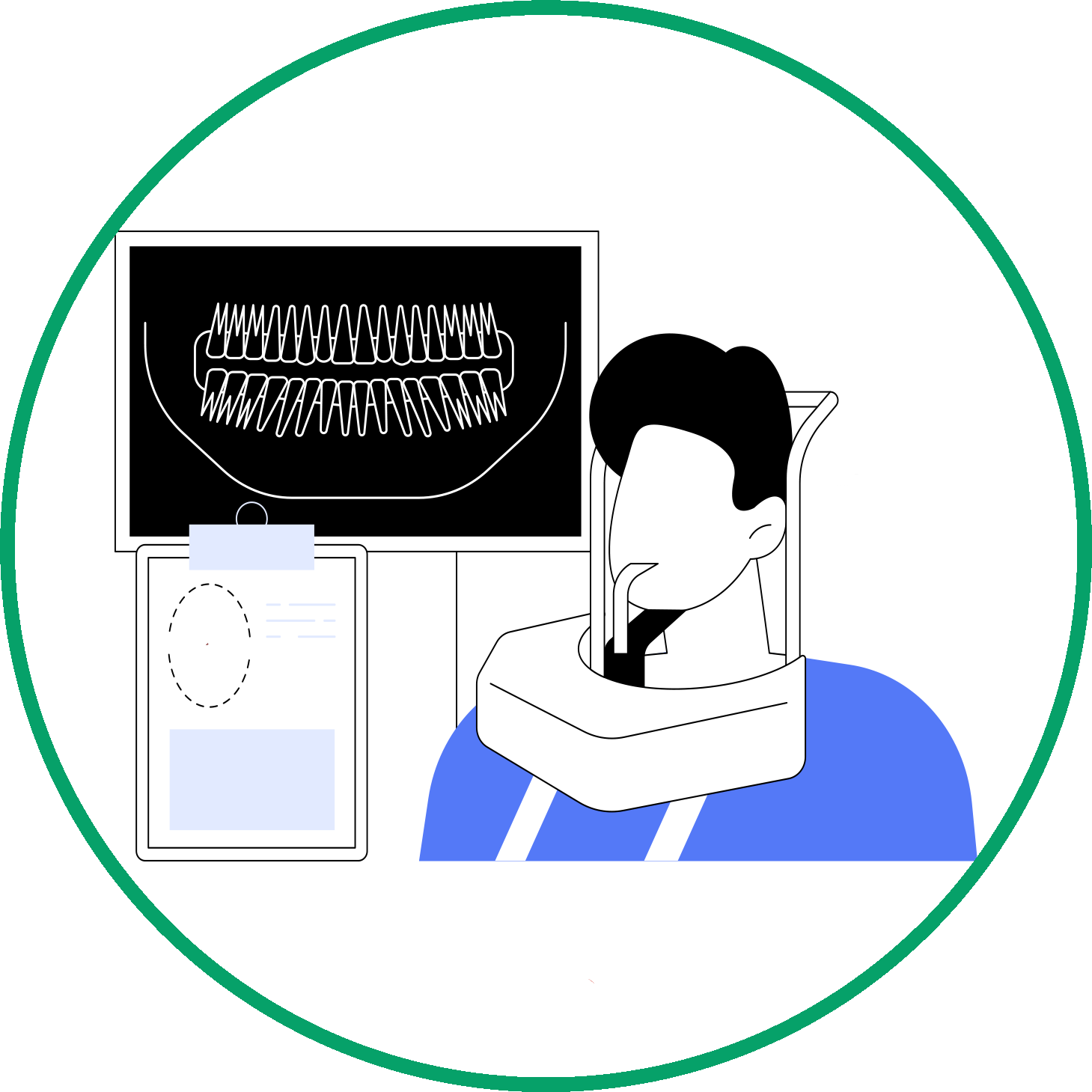
A dental professional reviews the 3D images to assess dental health, diagnose conditions, and plan treatments.
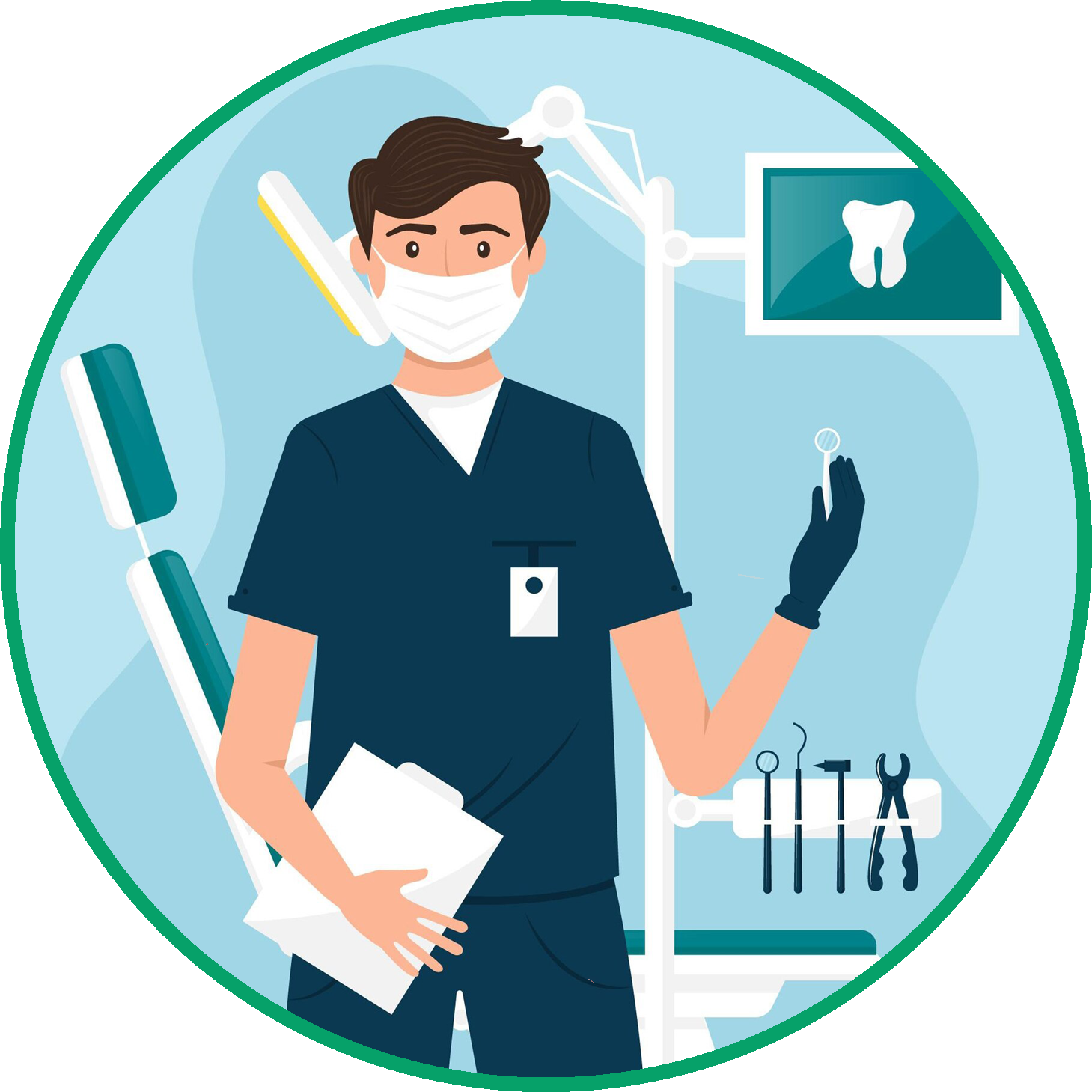
Results are discussed with the patient, including any findings and recommended treatment plans.
Have Any Questions Feel Free to Contact with Our Team
+90 506 250 00 05

The pros of the procedure, in short, could include the following:
The potential risks associated with the procedure may involve:
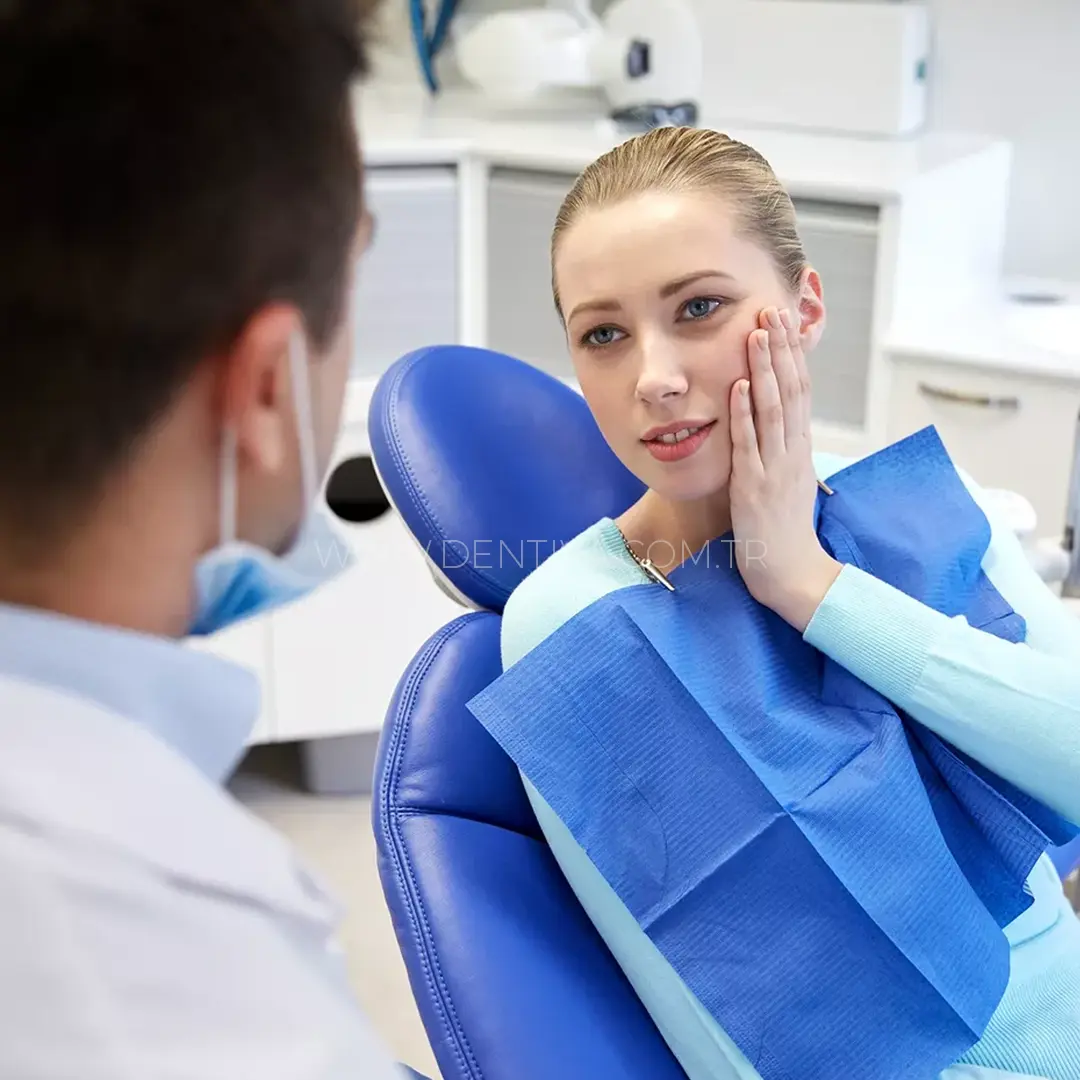


Dentiva Clinic, renowned for its commitment to excellence in dental care, offers state-of-the-art dental tomography services.
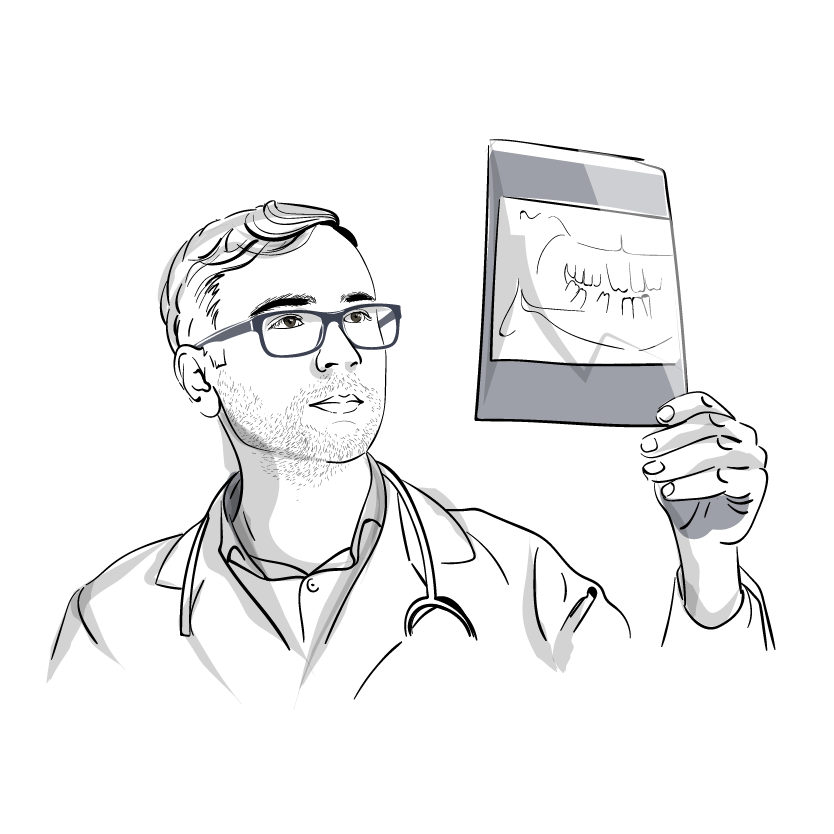
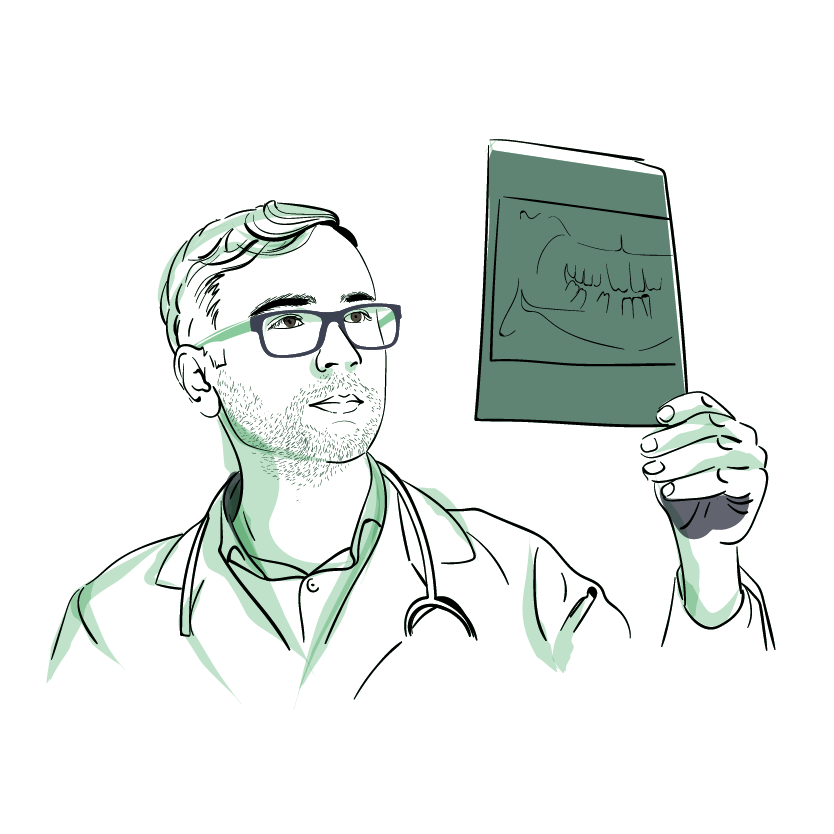
Our clinic is equipped with the latest technology, ensuring high-definition images and accurate diagnostics.

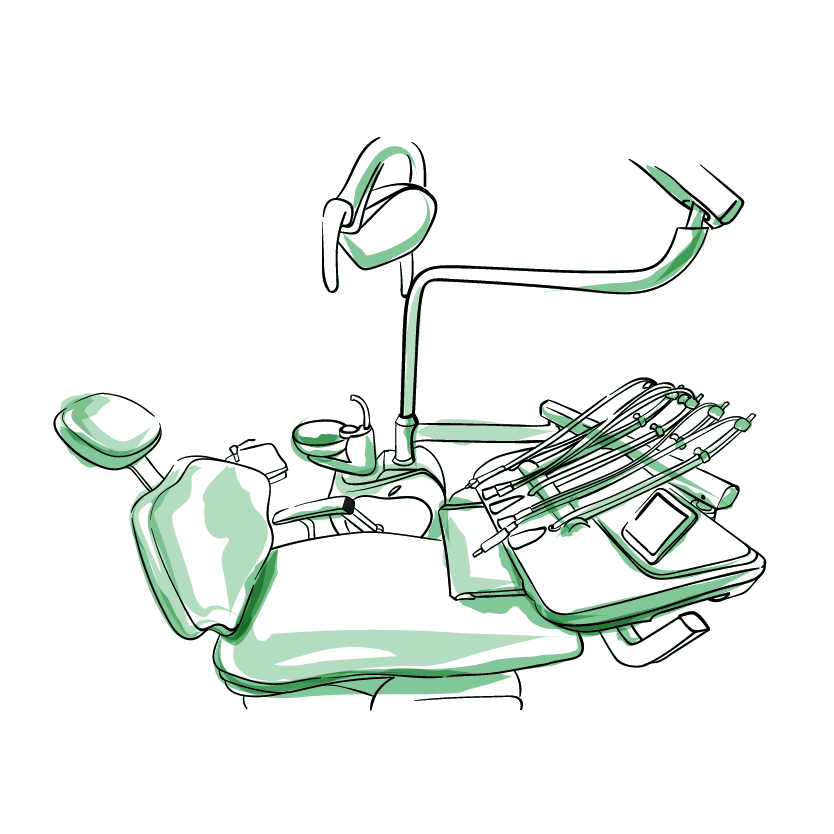
The experienced team at Dentiva Clinic prioritizes patient comfort and safety, utilizing dental tomography to enhance treatment outcomes.


Choosing Dentiva Clinic for dental tomography means accessing personalized care plans based on precise, comprehensive diagnostics, setting the foundation for successful dental treatments.
Dental tomography is a diagnostic imaging technique that provides three-dimensional (3D) images of the teeth, jaws, and surrounding structures.
Dental tomography differs from traditional dental X-rays in its imaging capabilities. While traditional X-rays produce two-dimensional images, dental tomography generates 3D images with a more detailed and accurate assessment.
Dental tomography is generally considered safe when performed by trained professionals using modern equipment. The radiation exposure from dental tomography is typically higher than traditional dental X-rays, but it is still within safe limits.
Dental tomography can diagnose a range of conditions, including but not limited to impacted teeth, jawbone abnormalities, dental infections, temporomandibular joint (TMJ) disorders, and the evaluation of facial trauma.
There is generally minimal preparation required for a dental tomography scan. Patients may be asked to remove metal objects, such as jewelry, to avoid interference with the imaging.
The duration of a dental tomography procedure can vary, but it is typically relatively quick. The scan itself may take only a few seconds to a minute, depending on the type of imaging required.
Have Any Questions Feel Free to Contact with Our Team
+90 506 250 00 05
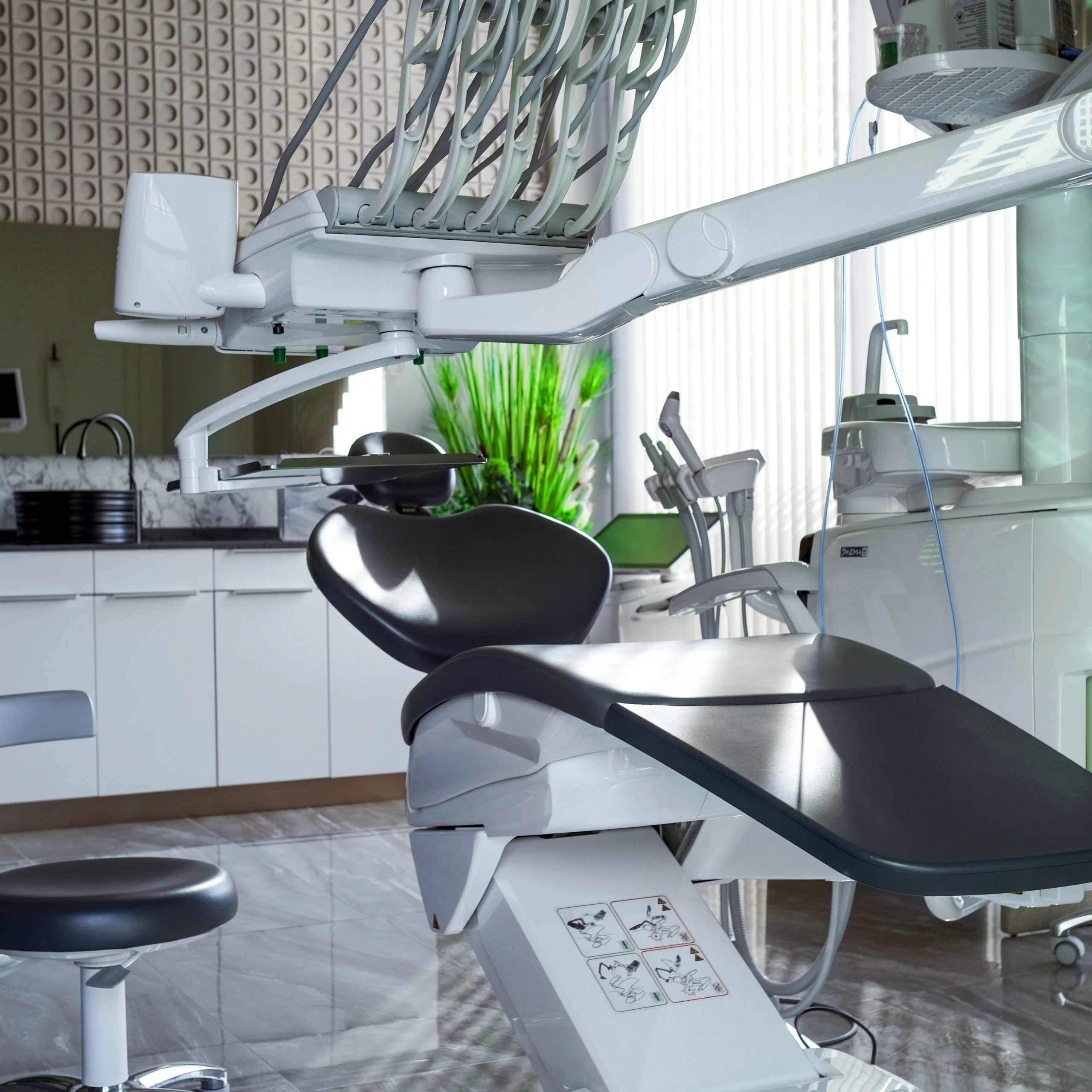
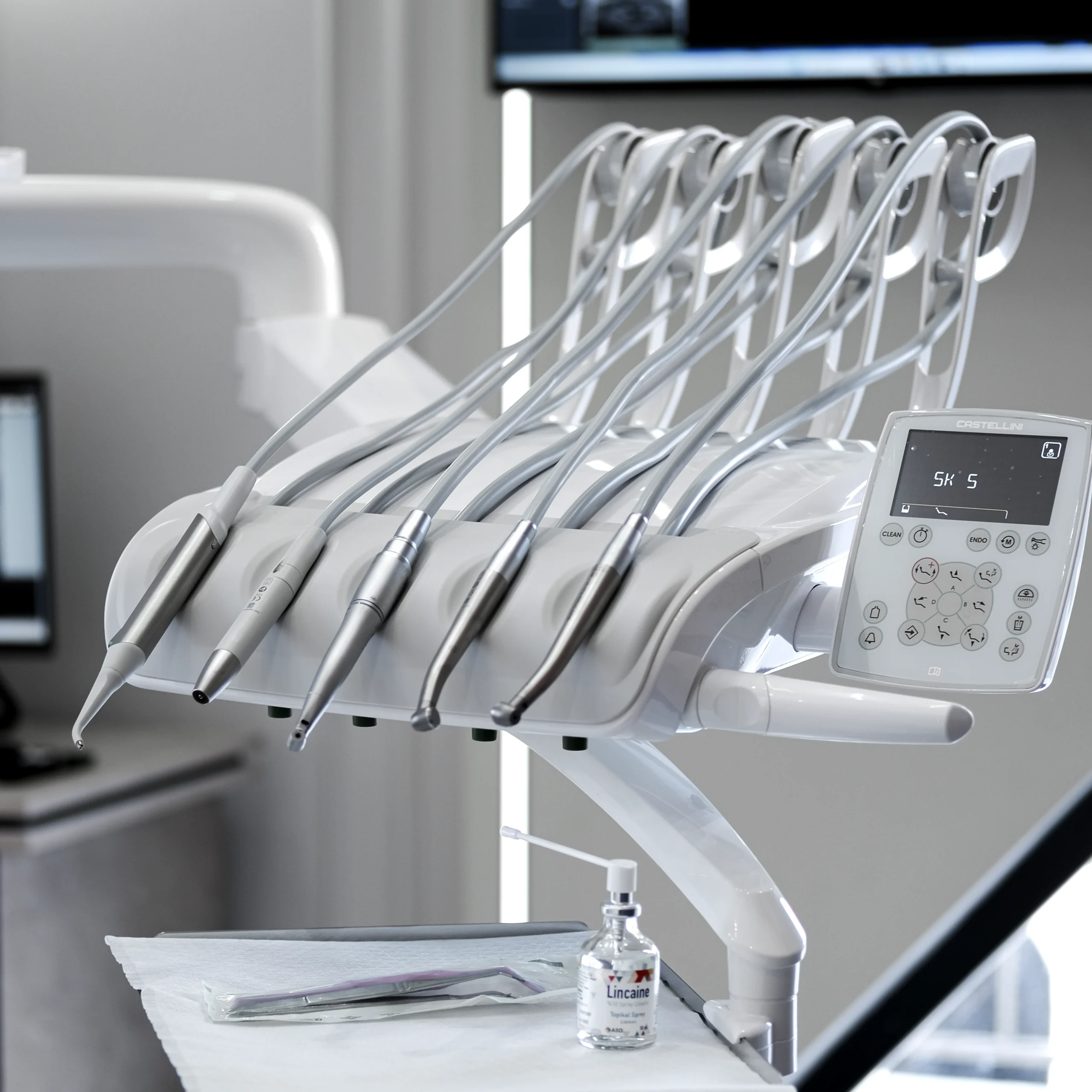
Bağlar, Yavuz Sultan Selim Cd. No:12A, 34200 Bağcılar/İstanbul

